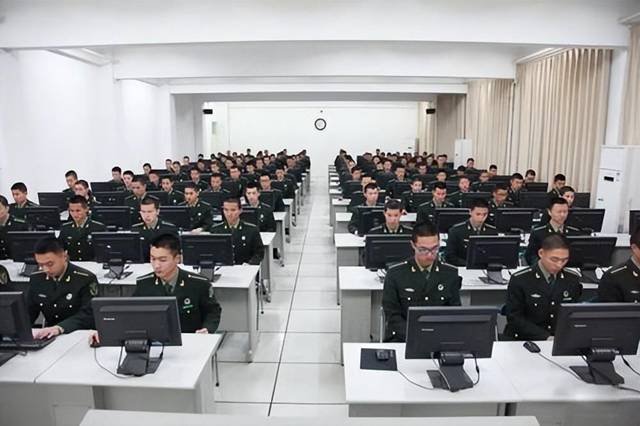On April 19, the People’s Liberation Army of China held a grand ceremony at the Bayi Building in Beijing to celebrate the establishment of the Information Support Force.
This event marks the formal establishment of another strategic branch of the Chinese military. It represents a significant restructuring of China’s military power. Following this reform, the People’s Liberation Army will consist of a new layout of branches, including the Army, Navy, Air Force, Rocket Force, Military Space Force, Cyber Space Force, Information Support Force, and Logistic Support Force.
In other words, the Chinese military is no longer comprised solely of the traditional branches of the Army, Navy, and Air Force, but now includes four major branches and four major types of troops, truly earning the title of the “Eight Great Vajras.”
The newly established force is a strategic branch that has evolved from the original Strategic Support Force Information Support Force. In simple terms, this reform has split the original Strategic Support Force into three types of troops: Military Space, Cyber Space, and Information Support Forces, each with its own command headquarters directly subordinate to the Central Military Commission.
Regarding the role and function of the Information Support Force, its main function should be to provide comprehensive information support, including but not limited to intelligence gathering, technical reconnaissance, electronic warfare, and cyber warfare.
This force will coordinate the construction and utilization of the entire military information support system, which holds significant and far-reaching implications for advancing the development of the People’s Liberation Army’s new combat capabilities and winning information warfare.
During the flag presentation ceremony, President Xi Jinping of the Central Military Commission emphasized the need for this force to provide strong support for combat operations, adhere to information dominance, unite for victory, ensure smooth information flow, integrate information resources, strengthen information protection, deeply integrate into the overall joint combat system of the military, and implement information support accurately and efficiently to serve and guarantee military operations in all directions and fields. The Chairman’s requirements set the direction for the development of this force.
With the establishment of the four major branches and four major types of troops, the restructuring of China’s military power structure is now complete.
Although it has not yet been tested in war, considering the direction of global military development towards informatization, intelligence, and unmanned systems, it can be said that this round of Chinese military reform is at the forefront of global military transformation.
It has improved the power structure, clarified power relations, integrated power elements, and will truly make information support forces a multiplier of military combat power, thereby significantly enhancing the overall combat capability of the military.
The conflicts in Ukraine and the Middle East tell us that informatization, intelligence, and unmanned systems are changing the rules of warfare. Why is the Russian military constantly under attack despite having firepower superiority? Why is their seemingly strong defense system repeatedly penetrated by drones, unmanned boats, and even “Hamas” rockets? Ultimately, it boils down to the fact that the Russian military lacks control over information in the face of NATO.
China’s military reform is not merely for the sake of change but to adapt to the needs of future major strategic tasks. Currently, China’s military equipment construction is progressing rapidly. In the coming years, a series of new equipment such as the Fujian-class ship, H-20 strategic bomber, Type 095 and 096 nuclear submarines, among others, will be successively deployed.
Now that the restructuring of China’s military power structure is complete, if there were some key and difficult issues remaining unresolved in the past in terms of the unified national action by the Chinese military, it can now be said that “all is prepared, only awaiting the east wind.”

